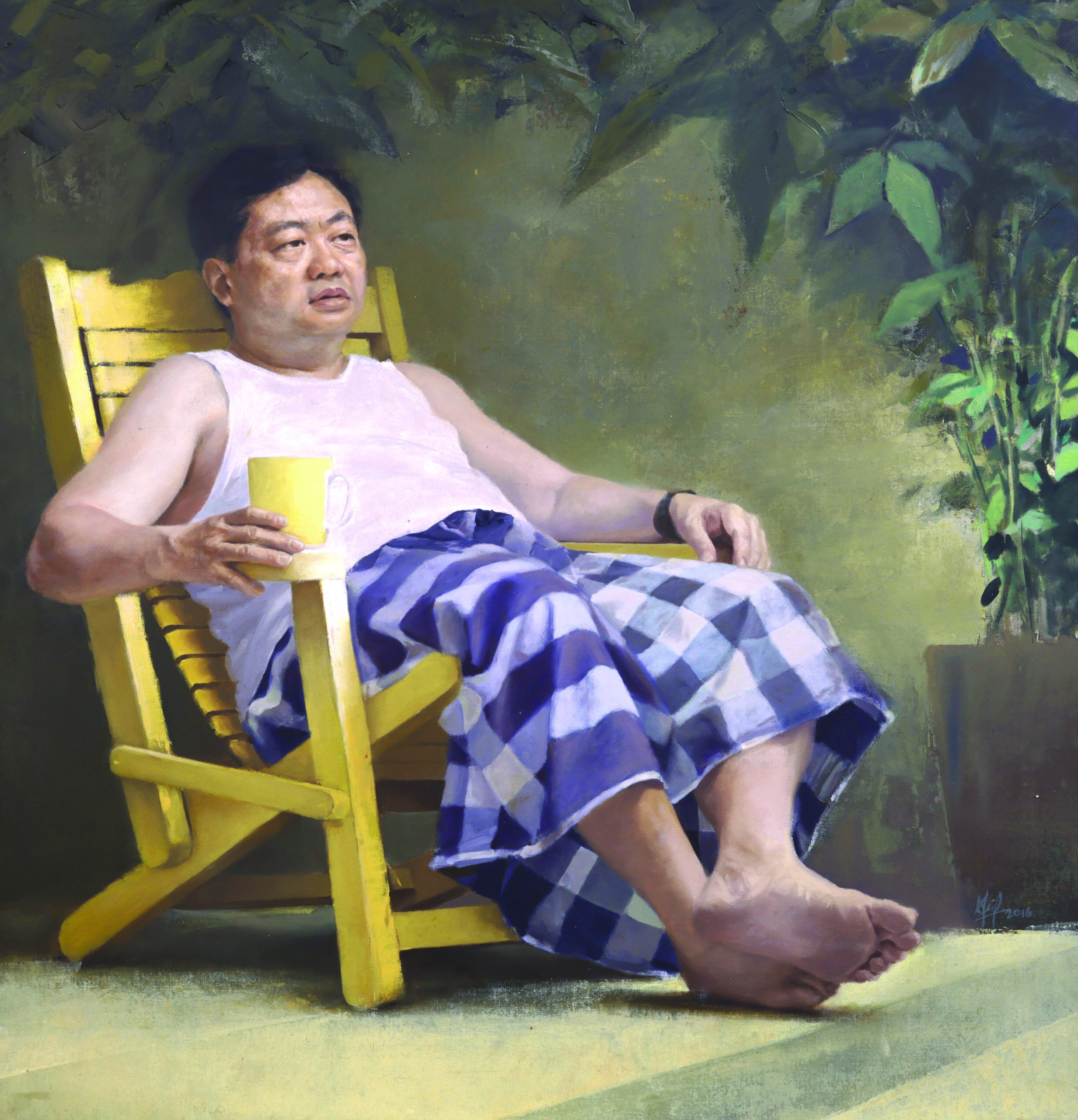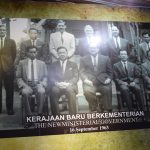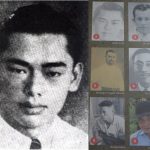Sarawakians are known to be proud for our own local food but we also appreciate foreign flavours even – and in some cases, especially – if it comes in the form of fast food chains.
While Sarawak already enjoys KFC, McDonalds, Nando’s, Subway, Burger King and Pizza Hut, most of us want more.
Here are 5 fast food chains we wish would come to Sarawak:
Although in February 2018, Domino’s Pizza became the largest pizza seller worldwide, it has yet come to Sarawak.
Now there are two pizza restaurant chains in Sarawak, Pizza Hut and Pezzo.
2. In-N-Out Burger
For celebrity chef Anthony Bourdain who called our Sarawak laksa the breakfast of the gods, he called In-N-Out “the only fast food chain that I actually like, and think is reasonably good for the world.”
If Bourdain thought In-N-Out Burger was reasonably good for the world, it is good for us Sarawakians.
Their menu features three burger varieties; hamburger, cheeseburger and double-double (two patties and two slices of cheese).
3. Jollibee
This Filipino fast food chain serves American style dishes such as burgers, spaghetti, chicken on top of some Filipino dishes.
Jollibee also offers a range of rice meals include Garlic Pepper Beef, Ultimate Burger Steak, All-day Garlic Bangus (milkfish) and Burger Steak.
As of April 2018, there are about 1,200 Jollibee outlets worldwide. Interestingly, the only Jollibee opened in Malaysia was closed down due to the 1997 financial crisis. Perhaps the next one will open in Sarawak?
Sabah has Dunkin’ Donuts… so how come Sarawak doesn’t have one?
When it comes to doughnuts in Sarawak, we have to settle with local bakeries and Big Apple Donuts.
If we were to compare these two joints, Dunkin’ Donuts serve better coffee than Big Apple Donuts. What do you think?

5. 4Fingers Crispy Chicken
At 4Fingers Crispy Chicken, the food is only prepared when you order which is why you can taste the crispiness of the chickens right away.
They serve Korean-styled fried chicken, which is usually seasoned with spices both before and after being fried.
Another highlight of this food joint, is its kimslaw, a side dish made of kimchi and coleslaw.
As for the fries, you pick your own flavour such as kimchi or seaweed.
This Singapore fast food chain was only established few years ago in 2009.
Now it has expanded its business to Malaysia, Indonesia and Australia.

Any fast food chains you wish would come to our shore? Let us know in the comment box.











 Pop culture tourism is the reason why The Abbey Road in London is famous. We want to go where the famous people go, to eat what the famous people eat, to visit
Pop culture tourism is the reason why The Abbey Road in London is famous. We want to go where the famous people go, to eat what the famous people eat, to visit 



















































